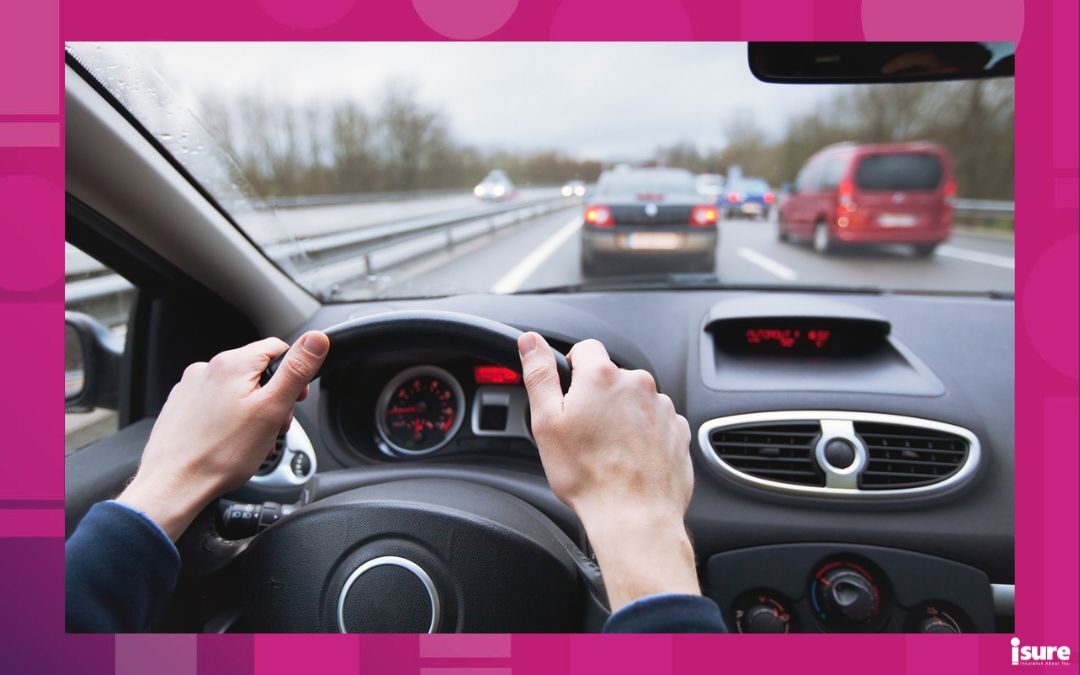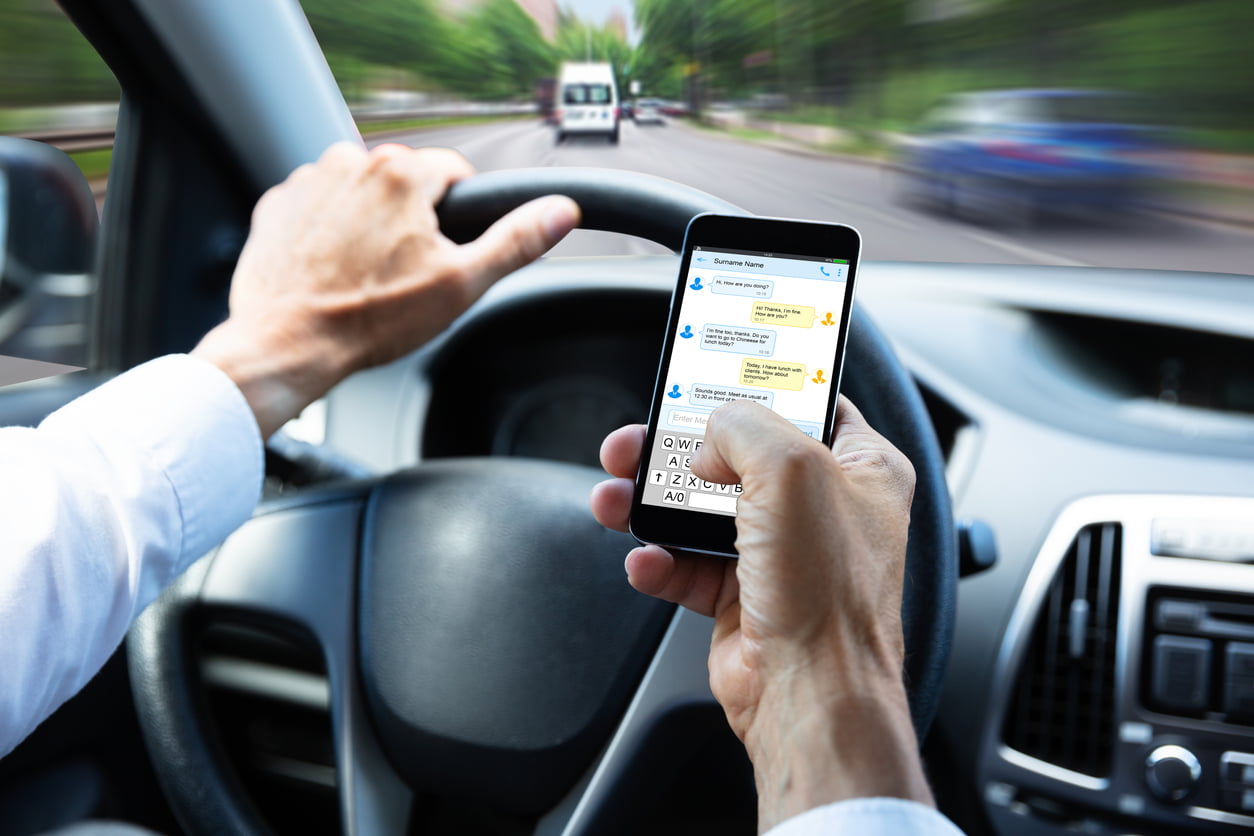Accidents can happen in the blink of an eye – usually with little to no warning. It is vital for motorists to know and practice defensive driving techniques. In order to protect yourself and the ones you love from potential dangers on the roads, we’ve created a refresher list of defensive driving techniques to help keep you safe.
What is defensive driving?
Defensive driving is a style that uses safe driving techniques and strategies to avoid accidents and other problems on the road. Benefits to driving defensively include getting better gas mileage and putting less stress on your car. But being a good driver is not always easy. Even if you’ve been driving for a long time, you might not be sure if you’re a good driver. It is even harder to be a defensive driver! With the prevalence of distracted driving on our roads and highways, these techniques can help you stay in control of any situation you may encounter while driving.
18 tips for defensive driving
Follow these methods to improve your safe driving habits.
1. Be aware of your own driving
Know that other drivers are going to make mistakes. Do not expect that other drivers will drive the way you do. Pay attention to what you can control, which is your own driving. Do not expect other drivers to follow the same driving practices that you do.
2. Invest in safety devices
Consider car safety features when researching your next new or used car to help you stay safe on the road. Some accident avoidance systems to look for:
- Forward-collision warning (FCW)
- Automatic emergency braking (AEB)
- Adaptive cruise control
- Blind-spot warning (BSW)
- Lane-departure warning (LDW)
- Lane-keeping assist (LKA)
- Automatic high beams
3. Limit distractions
Distracted driving is one of the highest causes of casualties in accidents. Set the ‘Do Not Disturb’ feature when driving, do not multi-task while in motion, and limit the number of people in your vehicle to keep distractions to a minimum.
To learn more about possible penalties related to distracted driving, please click here.
4. Keep a safe distance
Give yourself enough distance from the cars around you to limit rear-end accidents. This means keeping a three second gap when following another vehicle. Know how to position your vehicle so that you always have a way out of a potentially hazardous situation. Good driving habits can help keep you and your passengers safe while also making a dangerous situation an immediate safe one.
5. Keep an eye on your blind spot
Some drivers can be tired, distracted, forgetful or just lazy checking their blind spot before changing lanes. So, we suggest never driving consistently in the blind spot of another vehicle.
6. Always be prepared
Many of us can be complacent while driving, but we need to remain vigilant. Having proper posture and two-hands on the wheel at all times helps us keep focus on those long commutes. Know ahead of time what you will do if you come across an obstruction on the road. Accident and First-Aid kits are a must!
7. Do not run the red light
Be careful at intersections and watch out for drivers that go through red lights. If you are at an intersection and the light turns green, do not assume that the other drivers who have the red light are stopping. Always slow down, look both ways before crossing an intersection and avoid running yellow or red lights. Remember, Ontario’s Red Light Camera program is in effect and more devices are being installed every year. It’s not worth the risk or the ticket!
Want to know where the all the red light cameras are in Ontario? Click here to find out where they are in your area.
8. Prepare for the weather
Practice proper winter driving techniques and be mindful of hazards when driving in the rain or fog, which can limit visibility.
9. Limit unnecessary lane changes
The risk of getting into an accident will increase if you are constantly slipping between cars and unnecessarily change lanes. Leave yourself enough time to get where you are going without being in a rush.
10. Care for your ride
By following regular vehicle maintenance, you can prevent surprise vehicle breakdowns.
11. Don’t speed!
In 2021, 81 people lost their lives in speed-related accidents in Ontario. Not only is speeding dangerous, but if caught, it can have a huge effect on your car insurance premiums.
12. Scan ahead
Always keep an eye on your surroundings and scan far ahead. Being on the lookout for potential hazards is critical to safe driving. Use your mirrors and have 360 degrees of awareness at all times.
13. Be alert behind the wheel
When you get behind the wheel and are not well-rested; you riskdrowsy driving or falling asleep, both of which can cause an accident. Be sure to pull over or postpone your drive if you can.
14. Handling tailgaters
If a driver is following too close, try and slow your speed to indicate that they are too close. Otherwise, change lanes and allow them to pass. Tapping your brakes or “brake checking” can be taken as an aggressive gesture and lead to road rage.
A study from April 2021 finds that 95% of Ontario drivers admit to road rage and aggressive driving. Conversely, 93% of drivers say they are courteous drivers.
15. Avoid road rage
If you notice a driver that seems upset while driving – using their horn, aggressively lane-changing or chasing other cars – it is important in these situations that you don’t engage with them at all. Road rage may lead to an altercation, or even violence, so it is always best to remain calm and to practice courteous driving. If you are on the receiving end of another driver’s road rage, avoid eye contact and slow down to allow them to drive away from you. This is much safer than engaging with them.
16. Drive at a consistent speed
Sudden increases or decreases in your speed or unpredicted stops make it harder for others to anticipate your next action. Slow and steady keeps you safe.
17. Always signal your intentions
Although we may forget this sometimes, people cannot read minds, especially while driving. Always communicate your intentions so that you can avoid rear-end collisions and other traffic accidents. An example is to always use your signal when changing lanes.
18. Buckle up!
Seat belts and safety seats for children help protect you and your loved ones in an accident. To learn more about proper restraints for children and safety seat sizing, please click here.
In conclusion, practicing defensive driving techniques is worth it!
Learning defensive driving techniques can help to keep you safe while you’re on the road. Many Canadians are so used to driving that it has become a fairly casual affair. However, that’s all the more reason why you should learn how to become a defensive driver. Defensive driving courses can either be taken online, in-person or a hybrid of both. Remember, driving is a privilege, not a right. Respect the road and your fellow drivers.
When you drive safe, you will be rewarded with lower car insurance premiums. Speak to one of our isure representatives today to learn more how defensive driving techniques can help save you money on your premiums.




